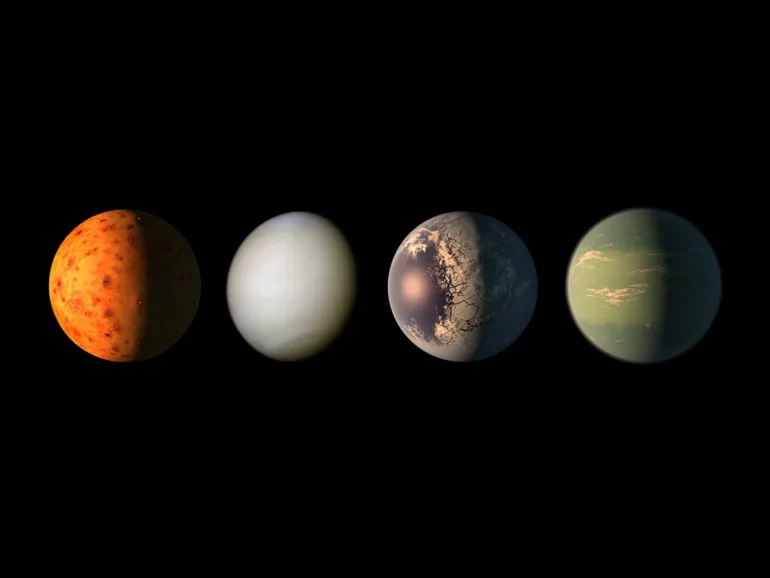
Curious Kids is a series for children of all ages. If you have a question you’d like an expert to answer, send it to [email protected].
Why do astronomers look for signs of life on other planets based on how life is on Earth? Couldn’t there be totally different kinds of life on other planets? – Henry, age 13, Somerville, Massachusetts
Have you ever played hide-and-seek in a new place? It’s much harder than playing at home. You only know the obvious hiding spots: under the bed, in the closet, behind the couch. The trick is trying to think of hiding spots you can’t even imagine. How do you search in places you never thought could be hiding spots?
That is kind of what scientists like me do when we look for alien life; we’re trying to think of new ways to look for life. In the meantime, we’re looking for life by looking for life like us because that’s what we can imagine.
Looking nearby
The closest place to look for extraterrestrial life is on planets within our solar system.
NASA’s Viking 1 mission began orbiting Earth’s neighbor Mars back in 1976. Looking for life on Mars was one of the most important scientific questions for the mission. The spacecraft included a lander that could go to the planet’s surface to see if there were any life-forms in the dirt there.

A view of the soil on the surface of Mars, as taken by Viking 1 lander on Aug. 1, 1976.
NASA/JPL, CC BY
Scientists knew that life on Mars could be really different from life on Earth, so they didn’t look for specific life-forms or molecules. Instead, they tried to design experiments to look for what life does, rather than what it makes.
For example, plants and some other life-forms on Earth do photosynthesis, a process that uses sunlight and carbon dioxide in the air to gather energy and grow. The Viking 1 scientists designed the lander to look for signs of photosynthesis happening on Mars.
To do that, the lander scooped up some dirt, shined a light on it and made measurements to see if any of the carbon dioxide in the air was transferred into the dirt. This experiment did not show any signs of photosynthesis in Mars’ dirt.
The lander had two other experiments that looked for evidence of organisms growing in the dirt on Mars. One used carbon dioxide gas and another one used sugar and amino acid molecules that life-forms on Earth like to eat.
The combination of these three experiments and other measurements led most scientists to agree that there probably is not life on the surface of Mars, at least life that does something like photosynthesis or eats sugar. But we still don’t know if there are signs of ancient life-forms on Mars, or even current life deep below the surface.
The Viking lander experiments were the most direct tests for life on other planets. In terms of a game of hide-and-seek, though, these experiments were basically like looking in…



